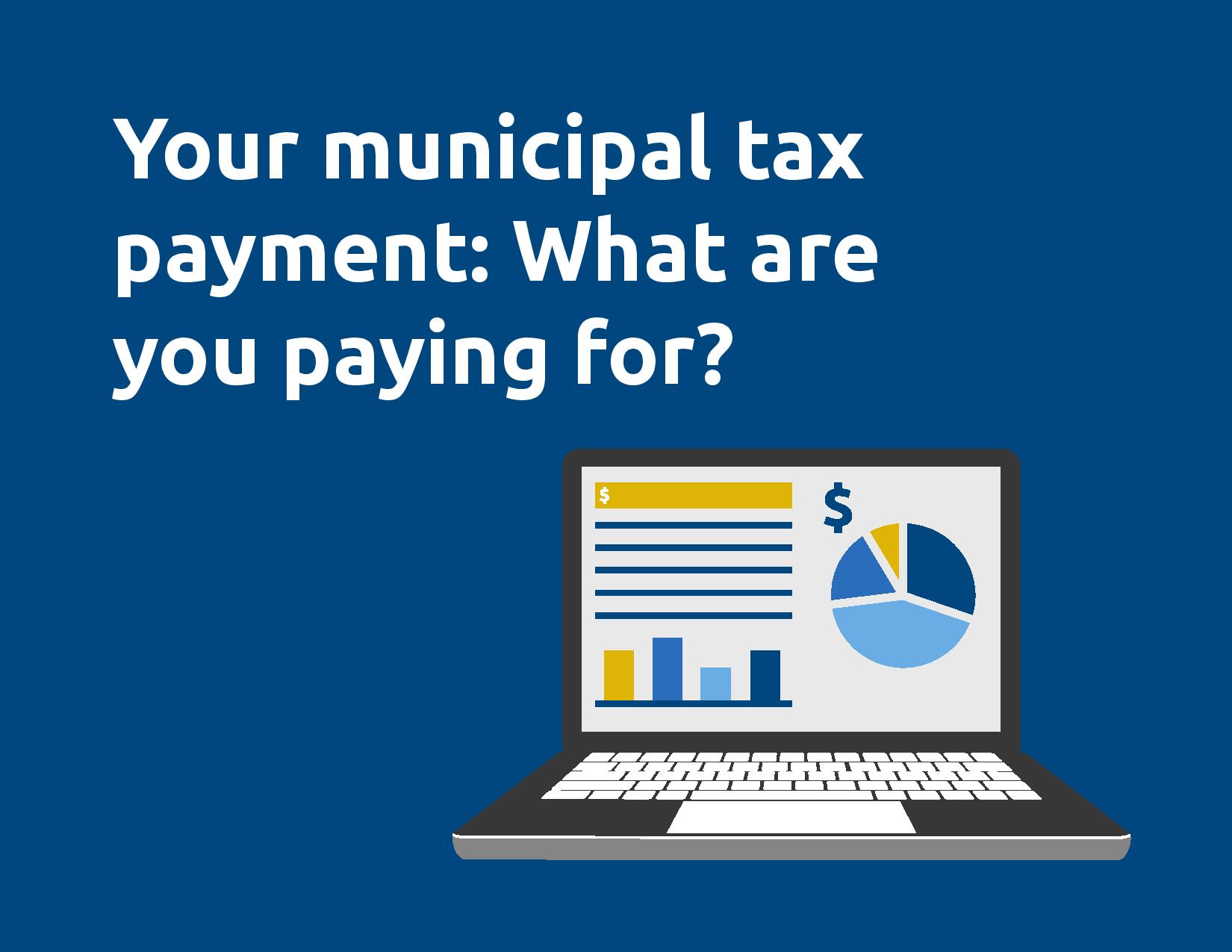Finance
Finance
The Finance Department is responsible for all financial matters at the County of Huron, ensuring the financial integrity of the Corporation.
Our service areas include:
- Budget preparation and coordination
- Day-to-day financial management
- Internal controls
- General accounting including accounts payable and receivable
- Long-term financing including reserve funds and debenture/mortgage debt
- Coordination of contingent liabilities and insurance
- Banking and financial reporting
- Payroll processing and OMERS reporting
Financial Reports
2024
Frequently Asked Questions
What is an operating budget?
The County’s operating budget covers day to day expenditures required to support the operations and services being provided by County departments. Operating expenditures include costs such as employee salary and benefits, insurance, utility costs, training, rent and child care subsidies and social assistance payments. Overall, salary and benefits represent approximately 46% of the overall County’s operating budget.
What is a capital budget?
The County’s capital budget covers the purchase, replacement or refurbishment of its assets – infrastructure, facilities and equipment. Assets include items such as roads, bridges, culverts, facilities, Long Term Care Homes, snow plows and ambulances.
How does the County of Huron fund is operating and capital budgets?
The County budget is funded from various sources with the primary funding being received from the Province of Ontario and the local taxpayer.
What other sources of revenue does the County of Huron have?
Other sources of revenue for the County’s budget include some of the following: Canada Community-Building Fund (CCBF), rent and long-term care accommodation fees, POA fine payments, Museum admissions, and planning fees.
What are reserves and reserve funds?
The County’s reserve and reserve funds are funds that are set aside for future use. Their objective is to ensure adequate working capital is available for cash flow and contingency purposes, a source of funding the County’s long-term capital plan, and providing a source of funding to mitigate future budget pressures while maintaining reasonable tax rates and user fees.
What is long-term debt and how is it used?
Long-term debt is financing received by the County that is to be repaid over a number of years. Debt financing will be an integral part of addressing the County’s infrastructure deficit and will be heavily used in the upcoming renewal cycle of the County’s roads and bridges as they reach the end of their useful lives. Most of the County’s bridge infrastructure was built after WW2 and is now reaching the end of life and are being due to be replaced.
How does the County of Huron carry out its planning and budgeting exercises?
County departments will establish their annual budget estimates in accordance with the strategic priorities as established by County Council. Once completed by departments, budgets are then reviewed by Senior Management and then presented to County Council for their initial review, debate and final approval. A priority of Council has been to engage the public in the County’s budget process to help inform and shape future strategic priorities.
What's the difference between lower tier and upper tier municipalities?
The County of Huron currently operates in a two-tier structure, with the County and each local (lower tier) municipality as separate entities. The County and the local municipalities are responsible to deliver certain types of services within its geographical boundaries. Local municipalities provide services such as water and sewer, fire protection, by-law enforcement, parks and recreation, and local roads and infrastructure. The County provides more regional based services such as EMS, long term care, social services, public housing and libraries.
For a local municipality, membership on local council is by direct election. County Council members are not directly elected. For example, a County Councilor becomes a member automatically because he or she is head of a lower-tier council. The head of County Council is called the Warden, whereas at the local municipality, the head of Council is referred to as a Reeve or Mayor.
Contact the Finance Department
County of Huron
1 Courthouse Square
Goderich, ON
N7A 1M2
Phone: 519.524.8394
Toll Free: 1.888.524.2044
Fax: 519.524.2044
Hours:
Monday – Friday 8:30 a.m. – 4:30 p.m.



